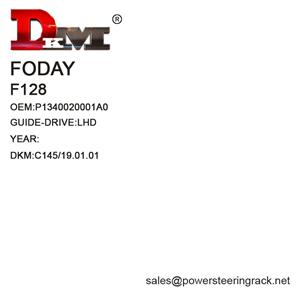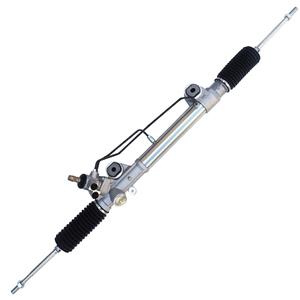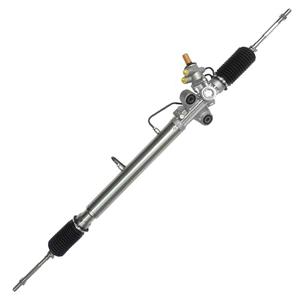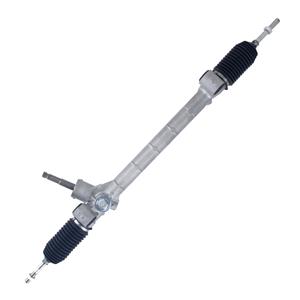Do I need to calibrate after replacing the rack and pinion?
Replacing the rack and pinion system of a car is an important maintenance task, which is directly related to the steering performance and driving safety of the vehicle. However, after replacing the rack and pinion, many people often overlook a key step - system calibration.
This article will explore in detail why calibration is required after replacement, how to calibrate correctly, and the consequences of not calibrating.
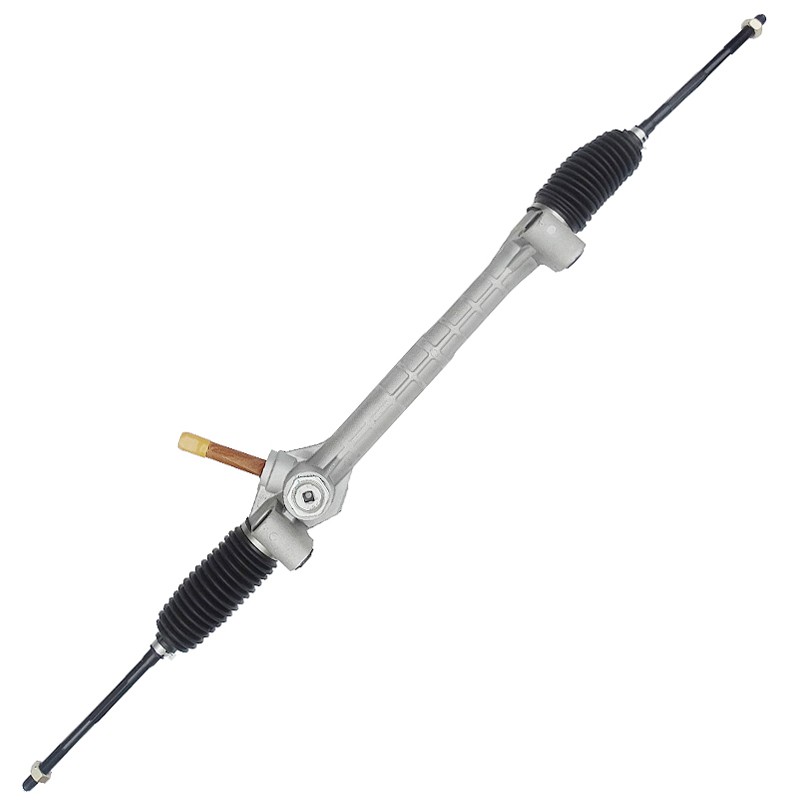
Do I need to calibrate after replacing the rack and pinion?
Racks and pinions are the core components of the steering system. Their function is to convert the rotational movement of the steering wheel into the steering action of the front wheels. After replacing the rack and pinion, the geometric relationship of the steering system may change due to the size difference between the new and old parts or the slight error during the installation process. If calibration is not performed, these changes will cause problems in the operation of the steering system.
The main purpose of calibration is to ensure that the relative position between the newly replaced rack and pinion and the steering wheel and wheels is accurate and consistent to avoid deviation. Insufficient or inaccurate calibration may cause problems such as abnormal vehicle steering, non-centering of the steering wheel, and deviation of the driving track, thus affecting driving safety.
How to judge whether calibration is needed?
Criteria for judging whether calibration is needed:
In some cases, the owner may think that after replacing the rack and pinion, the vehicle runs normally and it seems that no additional calibration is needed. However, even in the absence of obvious abnormalities, professional vehicle maintenance technicians still recommend calibration. This is because some slight deviations may not be obvious in the short term, but long-term use may cause uneven tire wear or further damage to the steering system. Therefore, it is best to perform a calibration check regardless of whether the vehicle performs normally.

How to calibrate the replaced rack and pinion?
Overview of calibration steps
The calibration process usually requires professional equipment and technicians to operate. The following are general calibration steps:
● Vehicle inspection and preparation: First, the technician will place the vehicle on a flat ground and use professional inspection equipment to conduct a comprehensive inspection of the vehicle to ensure that the vehicle's suspension system and tires are in good condition.
● Steering wheel alignment: The first step of calibration is to ensure that the steering wheel is in the center position. The steering wheel should be aligned with the middle position of the front wheels, and the steering wheel should not deviate from the center even when the vehicle is in a straight-line state.
● Adjusting the rack and pinion: Using specialized calibration equipment, technicians will adjust the newly installed components to the specific model of the vehicle and the parameters of the rack and pinion system to ensure that the geometric relationship with the other systems of the vehicle is up to standard.
● Steering angle calibration: Finally, the technician will calibrate the vehicle's steering angle to ensure that the left and right steering angles are symmetrical and accurate during driving. Steering angle calibration is critical, especially when driving at high speeds, as any deviation may lead to unsafe driving.
Tools and equipment used
When calibrating the rack and pinion, the following tools and equipment are usually required:
● Four-wheel alignment: This is an indispensable device in the calibration process, which ensures that the four wheels of the vehicle are properly aligned with the steering wheel and steering system by accurately measuring the angle and position of them.
● Steering angle sensor calibration equipment: Some modern vehicles are equipped with electronic power steering systems, which rely on steering angle sensors to judge the input of the steering wheel. After replacing the rack and pinion, the steering angle sensor also needs to be recalibrated to ensure the accuracy of the system.
● Torque wrench: During installation and adjustment, technicians will use a torque wrench to ensure that the bolts are tightened to the correct torque specification to avoid rack and pinion position deviation caused by loose bolts.
Test after calibration
After calibration, technicians usually conduct test driving to ensure that the vehicle's steering system performs normally under various driving conditions. The test focuses on:
● Straight-line driving performance: When the vehicle is driving in a straight line, is the steering wheel centered? Does the vehicle deviate to one side?
● Steering accuracy and feedback: Check whether the steering response is sensitive and whether the steering wheel is too loose or too tight.
● Cornering stability: Perform cornering tests at different speeds to ensure that the steering angle is accurate and stable, without abnormal noise or vibration.
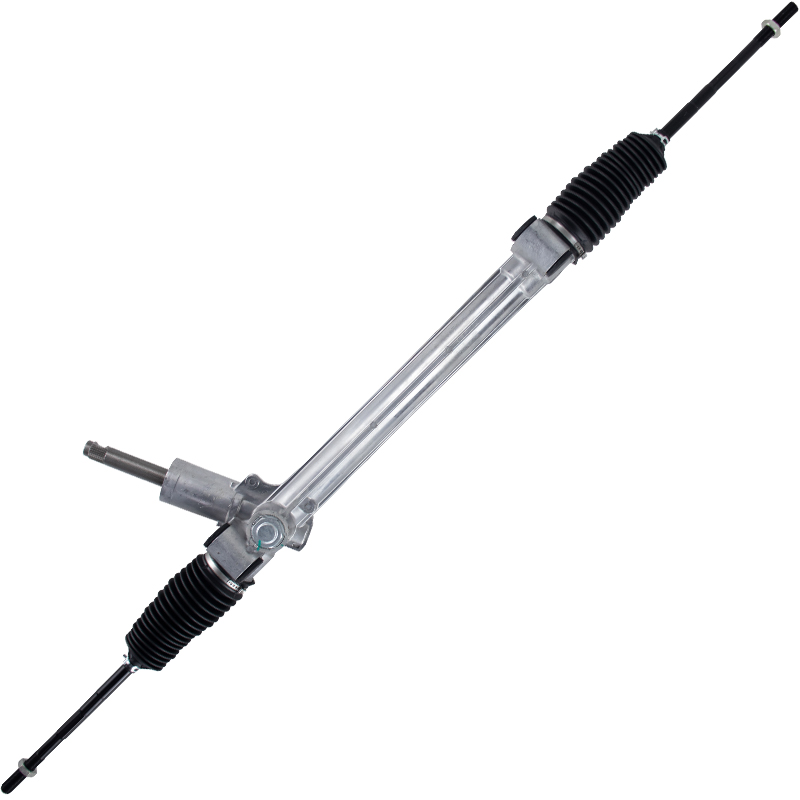
What may happen if the rack and pinion are not calibrated?
Steering performance problems
The most common problem of not calibrating or calibrating improperly is a decrease in steering performance. Specifically, it manifests as:
● Steering wheel deviation: The steering wheel may not be centered when driving in a straight line, and the steering wheel needs to be adjusted continuously and slightly to maintain straight driving, which increases driving fatigue.
● Sluggish or sensitive steering: Because the rack and pinion are not fully aligned with the steering wheel, it may cause inconsistent steering response, such as the steering wheel reacting too slowly or too quickly when turning.
Driving trajectory deviation
Because the rack and pinion are not properly calibrated, the vehicle may deviate from the driving trajectory or even deviate to one side. This not only increases the difficulty of driving, but also increases the risk of accidents.
● Uneven tire wear: Inaccurate calibration will cause the vehicle to deviate to one side when driving, which will aggravate abnormal wear of tires, shorten tire life, and increase replacement costs.
● Driving safety hazards: In high-speed driving or emergency avoidance situations, abnormal performance of the steering wheel will seriously affect the vehicle's handling and increase the possibility of traffic accidents.
Further damage to the steering system
Failure to calibrate may also cause abnormal wear of the newly installed rack and pinion due to uneven force, further damaging the steering system. In the long run, this may cause major failures in the steering system, causing the owner to have to replace related components again, increasing unnecessary maintenance costs.
Reduced driving comfort
Abnormalities in the steering system not only affect driving safety, but also directly affect driving comfort. Problems such as steering wheel offset, steering hysteresis, and abnormal noise when turning will make the driver feel uncomfortable and reduce the driving experience.
Conclusion
Calibration after replacing the rack and pinion is a key step to ensure the normal operation of the vehicle's steering system. Although calibration may increase certain time and cost, in the long run, it can effectively avoid many problems caused by inaccurate steering. The vehicle's steering system is directly related to driving safety. Ignoring calibration may have serious consequences, including reduced steering performance, deviation of driving trajectory, abnormal tire wear, and even greater steering system failure.
For every car owner, ensuring accurate calibration after replacing the rack and pinion is not only a maintenance for the vehicle, but also a responsibility for the safety of themselves and their passengers. Through professional calibration and testing, the vehicle's optimal performance under various driving conditions can be guaranteed, thereby improving driving safety and driving comfort.

